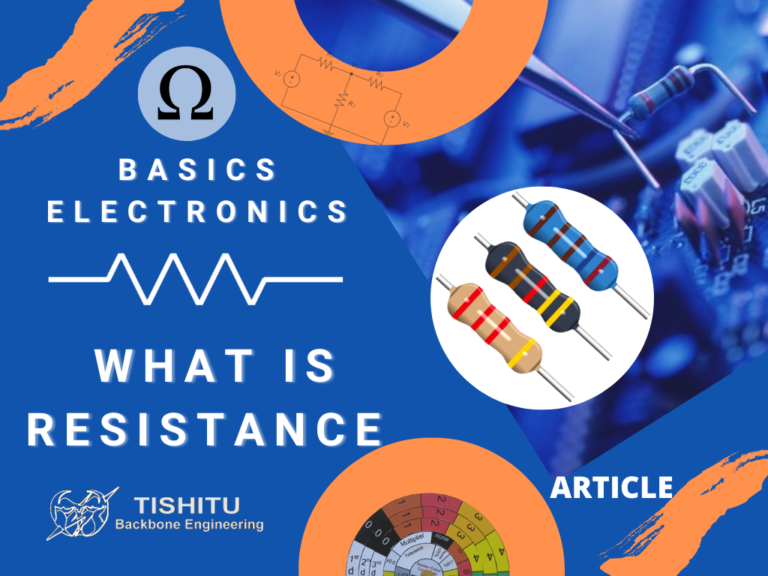
What are Resistors?
What are Resistors or Resistance Introduction Resistors are two-terminal devices that are used to control the passage of current, to put it simply. Understanding the

What are Resistors or Resistance Introduction Resistors are two-terminal devices that are used to control the passage of current, to put it simply. Understanding the
| Arduino Basics | My First Project Control | Begin with Coding | Basics of Microcontrollers | My experiments and subition | Making small products | Lets start with 3d Printing | What is Network and IOT | I can make Jarvis | Talk with computer and Robots | LiFi Communication | Introduction to Artificial Intelligence | My first Robot and Program | Sensors and Experiments | Real world Problem Solving | Live projects from companies | I become a instructor | Read More…

What are Resistors or Resistance Introduction Resistors are two-terminal devices that are used to control the passage of current, to put it simply. Understanding the




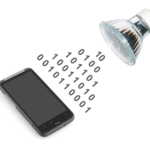


| LiFi Communication With Solar Panels | Brain Wave Device Control | Augmented Reality With Artificial Pond | Neural Networks | Gravity Lift For Green Power Generation | Embedded Systems | Internet Of Things (IoT) | Cloud Computing | Cybersecurity | Robotics(ROS) | LiFi Communication | Artificial Intelligence | Machine Learning | Computer Vision | Expert System | Speech Recognition | Natural Language Processing | Read More…
This is how how we work for services above mentioned








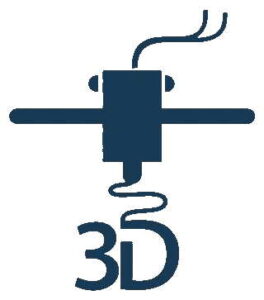


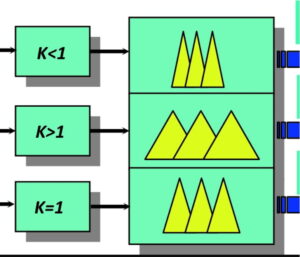

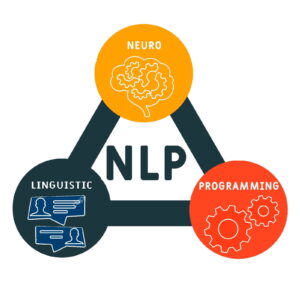

| LiFi Communication With Solar Panels | Brain Wave Device Control | Augmented Reality With Artificial Pond | Neural Networks | Gravity Lift For Green Power Generation | Embedded Systems | Internet Of Things (IoT) | Cloud Computing | Cybersecurity | Robotics(ROS) | LiFi Communication | Artificial Intelligence | Machine Learning | Computer Vision | Expert System | Speech Recognition | Natural Language Processing | Read More…

Resistors are two-terminal devices that are used to control the passage of current, to put it simply. Understanding the concept of electricity is required to grasp the concept of resistors. In what way is electricity produced? To fully visualize this idea, let’s examine at a length of wire that contains electrons, which are subatomic particles with negative charges that can move about freely. When a voltage or potential difference is applied between the cable’s endpoints. The electrons must travel or else. Electric current is the name for this motion. Although the electrons can travel through the wire, there is a resistance that prevents the electrons from doing so easily. This is electrical resistance, and the Ohm is the unit of measurement.

The OHMS gets its name from the German physicist Georg Simon Ohm, who noticed that the potential difference across a conductor and the electric current are directly proportional. In reality, we may claim that humans are a resistor because our bodies can conduct electricity. Even so, the resistance in these two circuits is the same. Of the two possibilities, one is obviously more practical to implement. Each one has a coefficient of resistance, which is one of its primary features. These themes will be covered in length in subsequent content.


Four major factors influence resistance: The kind of material used (coefficient of resistance) to create the resistor, resistor’s length, area of cross-section, and conductor’s temperature. let’s go over each in greater depth.

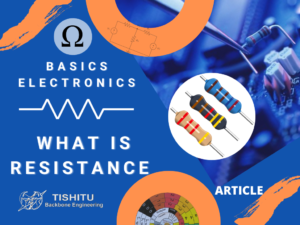
What are Resistors or Resistance Introduction Resistors are two-terminal devices that are used to control the passage of current, to put it simply. Understanding

Difference between Electrical and Electronics
| History | How Electrical is different From Electronics? | Future | Introduction Almost all of the tools that people use are powered by electricity and

Click edit button to change this text. Lorem ipsum dolor sit amet, consectetur adipiscing elit